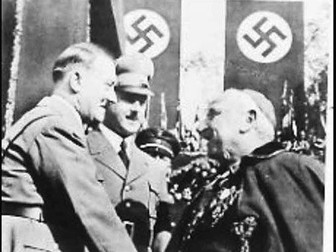
Historical Skills Booklet
A 45 page booklet & unit of work which builds and embeds Historical Skills with Year 7. It can be used after a Baseline Test, establishing the skills required to access and understand work undertaken throughout Key Stage 3. There are opportunities for self assessment throughout, with the aim that pupils can see their progress. Teacher marking and comments can be recorded at the back of the booklet. The old levelling protocols are also included, although you will no doubt wish to change these reflecting current developments in the History curriculum. Each chapter should enable pupils to more fully understand the demands of the subject, to discuss and debate the topics studied using the terminology that displays their progress. The chapters of the booklet cover the following Historical Skills:
1. Crime Scene Investigation.
2. Digging for Clues.
3. Chronology.
4. Understanding the Past (timelines).
5. What is a Century?
6. BC/AD.
7. Bias.
8. Historical Evidence.
9. Primary & Secondary Evidence.
10. World War 2 Headstone in France.
11. Self Assessment Exercise.
It goes without saying that should you wish to change or tweak anything within the booklet to better fit your class, you should go right ahead.
